Eneco Tour earns praise for rider-safety measures
Limiting moto-peloton encounters increases safety and leads to better racing, says Nathan Haas
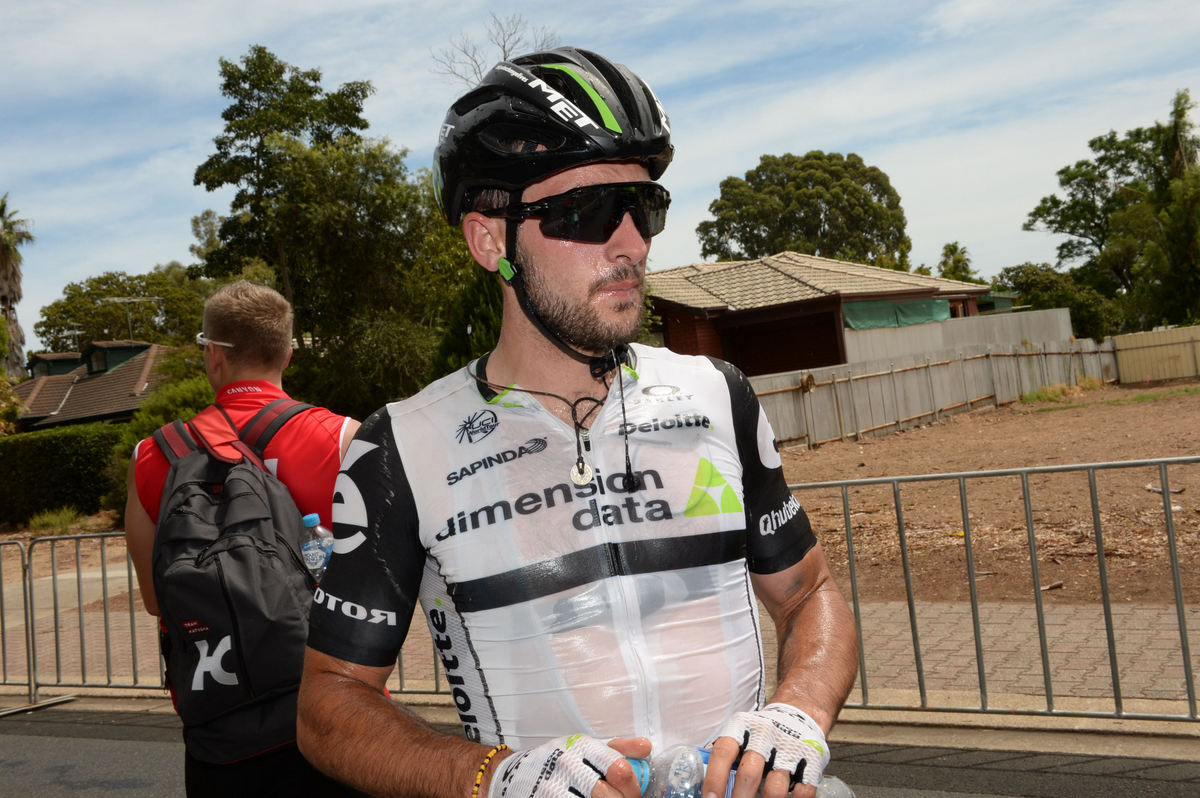
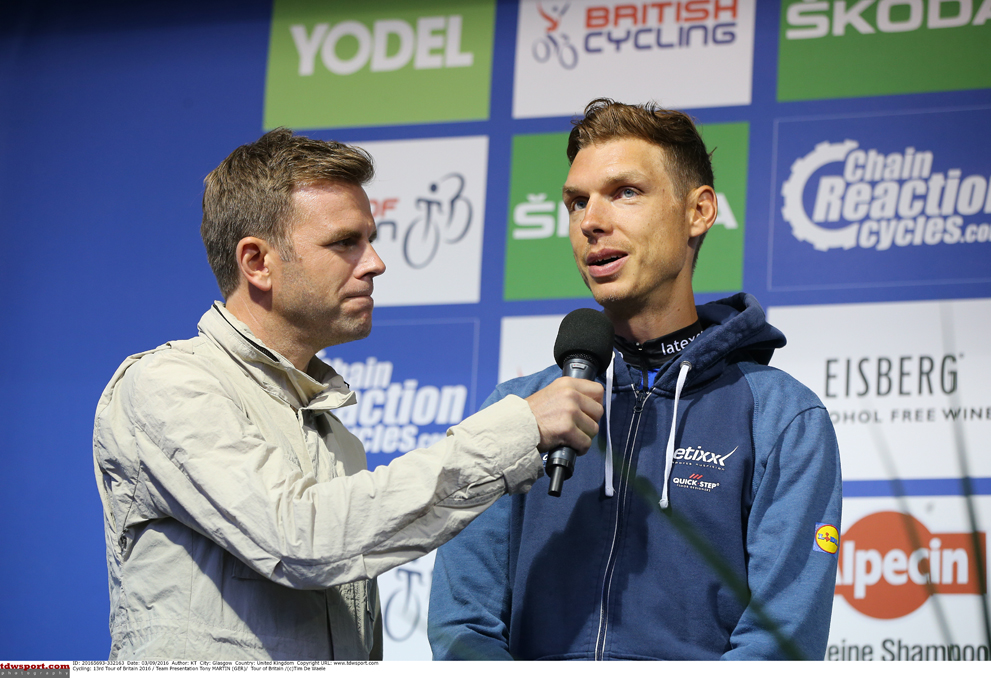
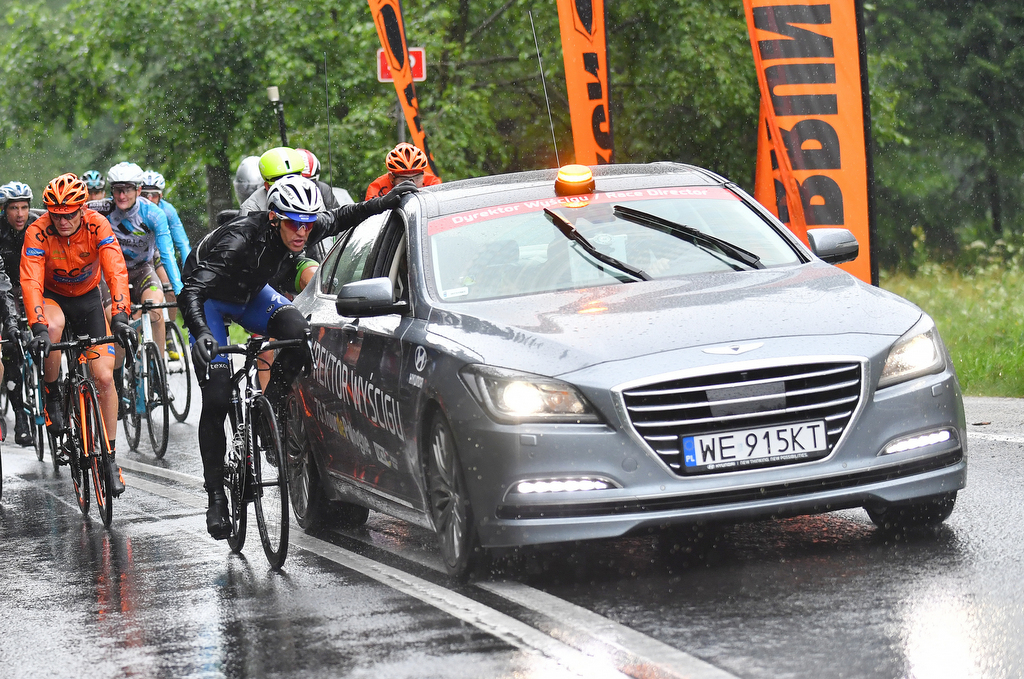
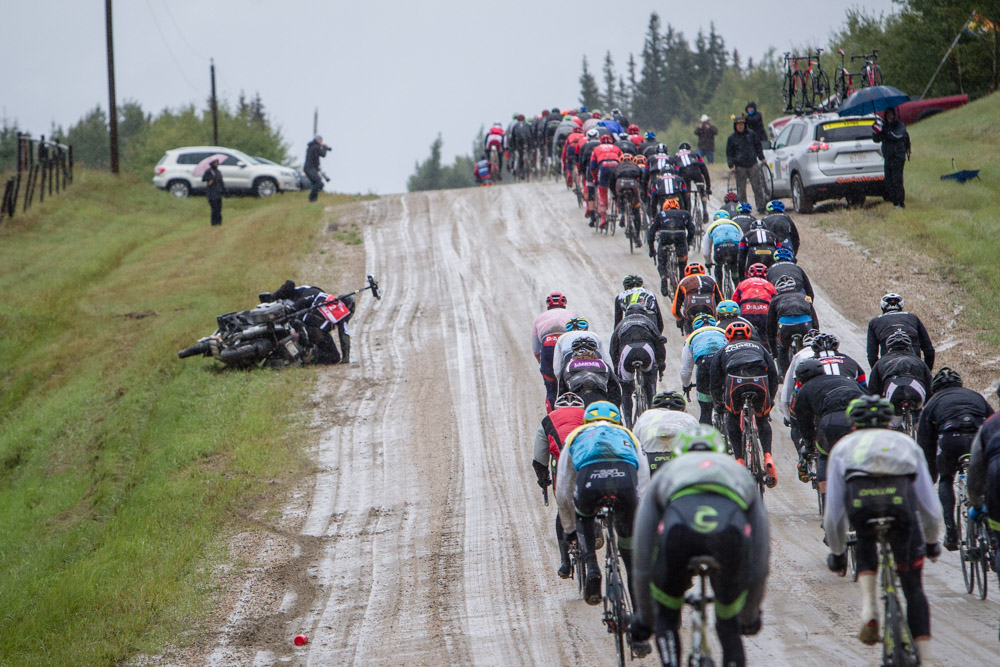
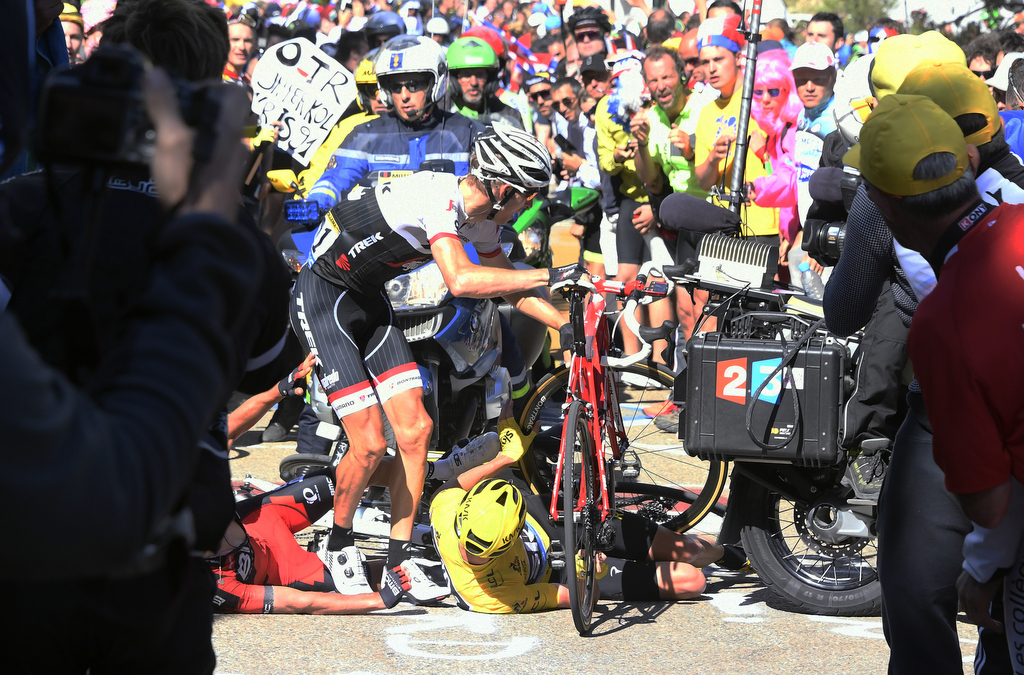
The Eneco Tour has taken steps to limit how many times race motos need to pass the peloton, earning praise from riders currently competing in the Dutch WorldTour race.
Motorbike driver ejected from Tour de France after Fuglsang crash
TV motorcycle collides with Van Avermaet at Clásica San Sebastián
Riders and managers question moto safety after recent incidents
Sagan abandons the Vuelta a Espana after motorbike incident
Video footage shows Paulinho's moto incident at the Vuelta a Espana
Stig Broeckx hit by medical moto at Kuurne-Brussel-Kuurne
Kristoff: Motorbikes should take off-course detours to improve rider safety
Demoitie autopsy cannot confirm motorbike was cause of death
Viviani 'lucky' to escape serious injury after collision with motorbike in Paris-Roubaix
Baloise Belgium Tour stage 3 cancelled after motorbike crash
Broeckx in a non-induced coma after motorbike incident at Baloise Belgium Tour
With many officials, photographers and course marshals traveling in the race caravan on motorcycles, the number of motos in the race can reach upwards of 60, adding to the general nervousness within the peloton as they leapfrog the peloton to do their jobs.
The Eneco Tour devised a simple solution for the problem by detouring the motos off course onto side roads that allow them to get ahead of the race without having to pass through the peloton.
Dutch journalist Iwan Tol, who writes for de Volksskrat, spent stage 4 on one of the race motos and explained to Cyclngnews how the system works.
“It’s actually so simple that you think why didn’t someone think earlier how to do this,” he said.
“These are the people who stay on the points that are dangerous, like where there are cobbles or there is someone in the way. So they stand there with a yellow flag and tell the riders, ‘Watch out, there’s a dangerous point now.’
“They used to have to pass the peloton every time to get to the next dangerous point, and now they wait until the peloton has passed by and then they go out of the circuit and take different roads to the next area where there is danger.”
Get The Leadout Newsletter
The latest race content, interviews, features, reviews and expert buying guides, direct to your inbox!
Tol said his moto driver told him that before the race devised the plan, “it was knee-on-knee with the riders, they were so close to each other. It was so dangerous, and now they don’t have to pass the peloton anymore. Like today, there were 60 riders on the motos, so there were 60 less motos in the race. It’s a big difference.”
It’s a simple, yet effective, scheme that the peloton has noticed and appreciated, with multiple riders praising the race on Twitter.
There are obvious limitations to the plan, such as when there are no side roads that allow the motorbikes to jump ahead. And there are no guarantees that there will be no more incidents between riders and race vehicles. Even in the Eneco Tour’s fourth stage on Friday, a moto went down in a roundabout near the end of the race and nearly took out a small group of riders off the front.
But the effort to look out for riders’ safety goes a long way toward building goodwill between the race and the peloton, according to Dimension Data rider Nathan Haas, and it also makes for better racing.
“As soon as you throw cars and a bunch of motorbikes into the mix with something that’s already inherently dangerous, it increases it by two-fold, three-fold,” Haas said. “So not having them there is a huge difference. I don’t know how it’s being planned, but it’s being done very well.
“A few guys in the peloton were talking about it today, how it’s such a welcome change for us, because we’re already so nervous as it is, especially coming toward the end of the season and the world championships,” he said. “It’s just nice to feel like you’re being cared for.”
Haas speculated that when the riders are happy and less nervous, and when they’re not being knocked out of competition unnecessarily, everyone benefits.
“It’s just one of these things where the audience for cycling is going to actually get a better race for it, because we’re not falling over and hurting ourselves in unimportant parts of the race,” he said.
“Cycling is a dangerous sport. We know the risks, but when races start eliminating the unnecessary risks, then all of the sudden we have a really nice race on our hands. It’s something that can be packaged up and shared with the public in a better way.”
The recent spate of high-profile incidents between riders and race vehicles has certainly raised awareness of the issue, and more race organisers are starting to see the necessity of taking steps to ensure rider safety.
Haas said he noticed the biggest changes at this year’s Vuelta a Burgos, a five-day Spanish race in August that is often used to prepare for the Vuelta a Espana.
“I would say that’s the gold standard at this point for safety in a race. Their care for the riders was different to anything else I’ve seen,” he said.
“We’re talking about having similar things where they have detours for the motorbikes to pass us, but it’s all planned and timed so that, one, there’s enough motorbikes so that they’re there when we need them to keep the rolling road closure, but once we passed them there’s second group already in front of us.
“When we’re coming into corners, they don’t actually have a guy just at the corner pointing that we’re about to turn, they have a guy 50 metres before with a right-hand turn signal. So the peloton is getting much more information about what’s actually upcoming. There were signs for changing surfaces, signs for speed humps, signs for holes in the road.”
Haas also pointed out the irony that the 2.HC race was actually safer and more thoughtful toward rider safety than some of the better-known, more well-regarded WorldTour events.
“For me, it was quite surprising to go to a smaller race, or a preparation race in many ways, and it’s interesting to see them being the first, in my opinion, to really put in the extra mile," he said.
“You might expect that at the Tour de France, or you might expect that at some of the other WorldTour races like Canada or the Tour Down Under that are always trying to put on the best show possible, but to actually see that at Burgos is really quite surprising.”
Haas also said races that put more effort into ensuring rider safety will see their investment returned as more riders will want to return year after year.
“I think there’s goodwill coming from both sides, where we’re impressed by what the race is trying to do to take the initiative, and the race is also respecting us, not as bike riders but as people who don’t want to be crashed at the wrong time and inappropriate ways.
“It’s just a really nice goodwill feeling, and I think a lot of big-name riders will want to return to Eneco next year chasing stage wins and the overall because they know it’s a lot safer than in the past.”
Growing up in Missoula, Montana, Pat competed in his first bike race in 1985 at Flathead Lake. He studied English and journalism at the University of Oregon and has covered North American cycling extensively since 2009, as well as racing and teams in Europe and South America. Pat currently lives in the US outside of Portland, Oregon, with his imaginary dog Rusty.